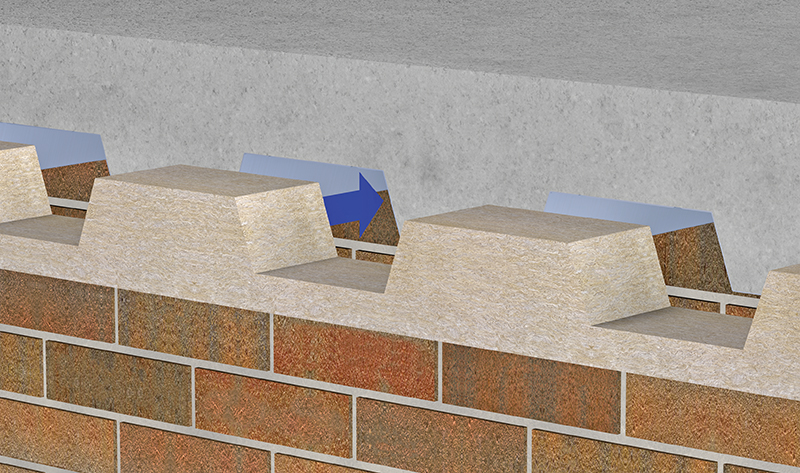The Key to Fire Safety: Understanding the Essentials of Fire Stopping

Fires can be devastating, causing immense damage to property and putting lives at risk. One crucial aspect of fire safety that is often overlooked is fire stopping. Understanding the essentials of fire stopping is key to preventing the spread of fire and smoke in buildings, ultimately saving lives. In this article, we will delve into the importance of fire stopping and explore the key elements that make up an effective fire stopping system.
The Basics of Fire Stopping
Fire stopping is the practice of sealing openings and joints in fire-resistance-rated walls, floors, and floor-to-wall assemblies to prevent the spread of fire, smoke, and toxic gases. Proper fire stopping can compartmentalize a building, containing the fire in a limited area and allowing occupants more time to evacuate safely.
Key Elements of Fire Stopping
- Fire-Rated Materials: Fire stopping materials must be able to withstand high temperatures and prevent the passage of fire and smoke. Common fire stopping materials include fire-resistant sealants, sprays, mortars, and pillows.
- Seals and Joints: Gaps around pipes, cables, ducts, and other penetrations must be sealed with fire-resistant materials to prevent the spread of fire. Fire-rated sealants are often used to fill these voids and maintain the integrity of fire-rated assemblies.
- Fire Doors and Dampers: Fire doors and dampers are essential components of fire stopping systems. These devices are designed to close automatically in the event of a fire, limiting the spread of smoke and flames throughout a building.
- Proper Installation: Fire stopping must be installed by trained professionals in accordance with building codes and manufacturer specifications. Improper installation can compromise the effectiveness of fire stopping systems and put occupants at risk.
The Importance of Fire Stopping in Buildings
Effective fire stopping is crucial for ensuring the safety of building occupants and protecting property. Here are some key reasons why fire stopping is essential in buildings:
Preventing the Spread of Fire
Fire stopping helps contain fires within designated compartments, preventing them from spreading rapidly throughout a building. This containment buys valuable time for evacuation and allows firefighters to extinguish the fire before it grows out of control.
Minimizing Smoke Damage
Smoke inhalation is a leading cause of death in fires. By sealing penetrations and joints with fire stopping materials, the spread of smoke can be restricted, reducing the risk of smoke inhalation and keeping escape routes clear for occupants.
Ensuring Building Code Compliance
Building codes and regulations require the use of fire stopping to maintain the fire resistance of structural elements. Failure to comply with these regulations can result in fines, legal liabilities, and compromised safety for building occupants.
Common Fire Stopping Mistakes to Avoid
While fire stopping is a critical component of fire safety, there are common mistakes that can compromise its effectiveness. Here are some common fire stopping mistakes to avoid:
- Using Improper Materials: Using non-fire-rated materials for fire stopping can lead to rapid fire spread and smoke inhalation. It is essential to use tested and approved fire stopping materials for maximum effectiveness.
- Ignoring Gaps and Penetrations: Failing to seal gaps around pipes, cables, and ducts can provide pathways for fire and smoke to travel through a building. All penetrations must be properly sealed to maintain the integrity of fire-rated assemblies.
- Neglecting Maintenance: Fire stopping systems require regular inspection and maintenance to ensure they are functioning properly. Neglecting maintenance can lead to deteriorated fire stopping materials and compromised fire safety.
Conclusion
Understanding the essentials of fire stopping is paramount for ensuring the safety and well-being of building occupants. By utilizing fire-rated materials, sealing joints and penetrations, and following proper installation practices, building owners and occupants can greatly reduce the risk of fire-related injuries and damage. Remember, fire stopping is not just a legal requirement – it is a lifesaving measure that can make a significant difference in the event of a fire.
What do you think?
Show comments / Leave a comment